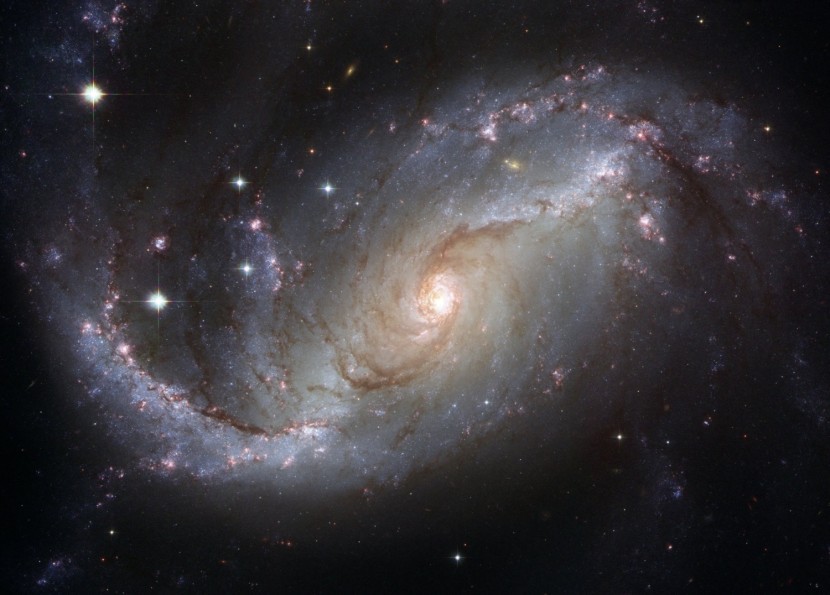
Astronomers have discovered the heaviest neutron star so far that they have dubbed a "black widow" as it was observed to be cannibalizing its companion star.
The recently discovered cosmic body was also found to spin at an astonishing speed of 707 times per second. The massive star could potentially help astronomers solve the mystery behind when a collapsed star becomes a black hole.
Heaviest Neutron Star
One of the fastest spinning neutron stars in the Milky Way galaxy, PSR J0952-0607, was spotted from the W.M. Keck Observatory in Maunakea, Hawaii. It is located roughly 3,000 light-years from our planet in the direction of the constellation Sextan.
A neutron star is known to be a dense collapsed core of a massive star that has exploded as a supernova. PSR J0-952-9697 is also a pulsar, which is what astronomers call neutron stars that rotate and emit pulses of radiation as radio waves, X-rays, or even gamma rays that telescopes on our planet can sometimes detect, as per Forbes.
The massive neutron star has shredded and consumed nearly the entire mass of its stellar companion has helped it grow to an enormous size. The cosmic object tops the charts at 2.35 solar masses (the mass of our sun) and the weighing of which helps astronomers understand the weird quantum state of matter inside these dense objects.
A Distinguished Professor of Astronomy at the University of California, Berkeley, Alex Filippenko, said that experts know roughly how matter behaves at nuclear densities, like in the nucleus of a uranium atom. He compared a neutron star to a giant nucleus but argued that having one-and-a-half solar masses of it clinging together makes it difficult to understand how it behaves.
According to SciTechDaily, Roger W. Romani, a Stanford University astrophysics professor, said that neutron stars are incredibly dense, with one cubic inch weighing over 10 billion tons. This means that their cores are the densest matter in the universe excluding black holes, which are impossible to study because they are hidden behind their event horizon.
Black Widow Systems
The Keck I telescope was able to record a spectrum of visible light from the hotly glowing companion star, which has been reduced to the size of a large gaseous planet. Filippenko and Romani have been studying black widow systems for more than a decade in the hopes of establishing the upper limit on how large neutron stars or pulsars can grow.
Romani noted that by combining this measurement with those of several other black widows, experts can show that neutron stars must reach at least this mass, 2.35 plus or minus 0.17 solar masses. He added that this provides some of the strongest constraints on the property of matter at several times the density seen in atomic nuclei.
The two experts have studied roughly a dozen black widow binary systems in recent years but only six of them had a companion star bright enough to enable them to calculate the neutron star's mass. The team's study was accepted for publication in the journal Astrophysical Journal Letters, Space reported.
Related Article:
© 2025 HNGN, All rights reserved. Do not reproduce without permission.








